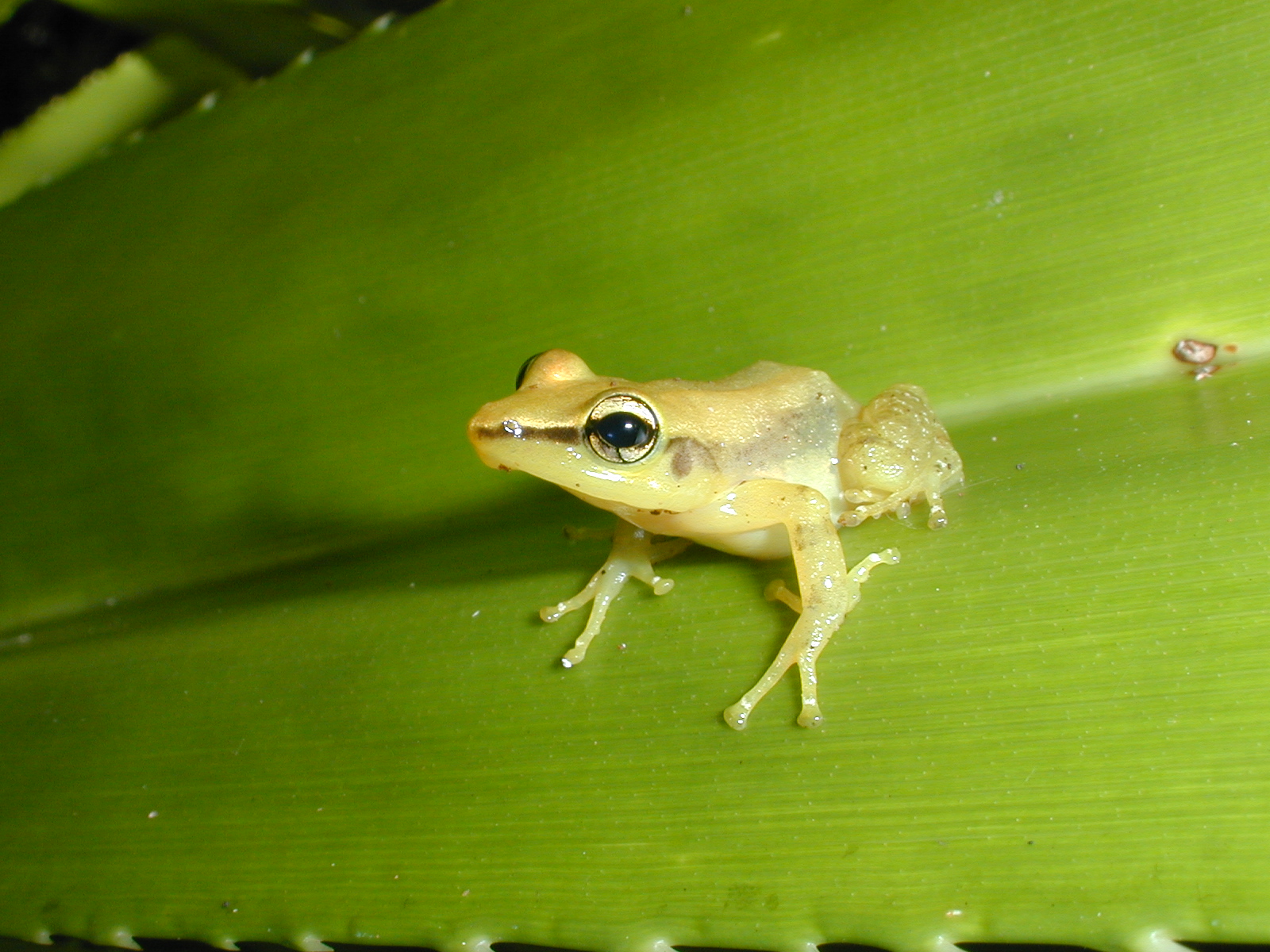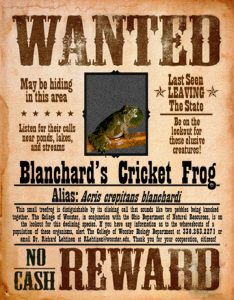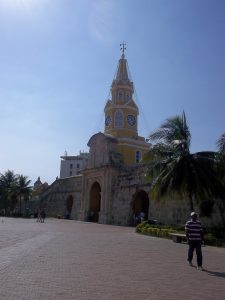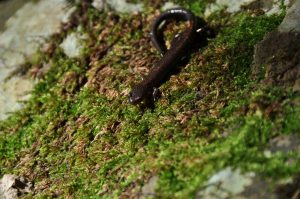Hola from La Selva Biological Station in Costa Rica!
I am here with three Wooster students conducting research on glass frogs. The station is an excellent place to conduct biological research in the lowland rainforests of Central America, a region extremely rich in biological diversity. We have seen anteaters, howler monkeys, smoky jungle frogs, toucans, hummingbirds, bromeliads, palms, blue morpho butterflies and too many other species to mention. Truly a naturalist’s paradise.
Our actual quarry (glass frogs) has been somewhat elusive, but we are slowly discovering their secrets. These small frogs are nocturnal and perch on vegetation over streams and rivers. We are learning about their ecological requirements, particularly, we have been examining their abundance and diversity in primary (old growth) and secondary (re-growth) forests.
We will be hearing about the findings of this study as Taylor Bradley (’16), Stuti Sharma (’16) and Nate Weltman (’16) begin to analyze their data and write up their theses this fall. Stay tuned.



